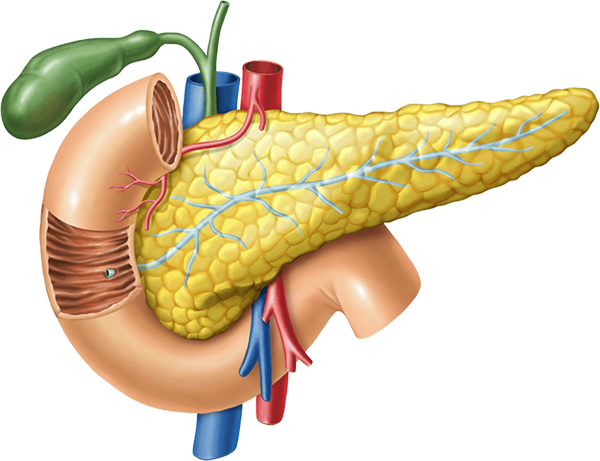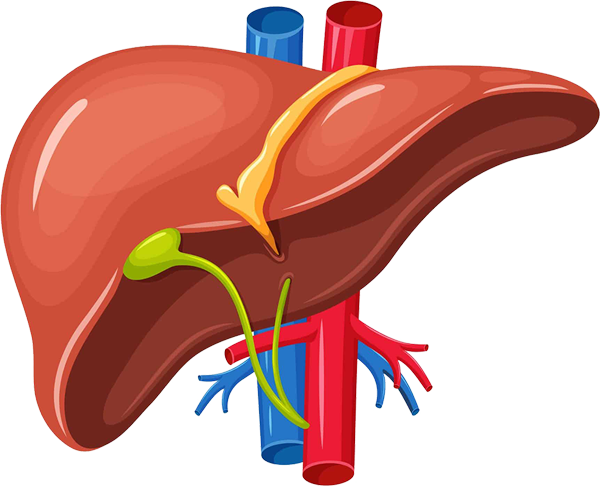EMOTIONS
EMOTIONS
 Negative emotions generated by various emotional traumas are retained in the body and induce repetitive behaviour, always the same over the years. It is the limbic system to be mainly responsible for the repetition compulsion: every time the same issue arises in a person’s life, the tendency is to always react in the same way.
Negative emotions generated by various emotional traumas are retained in the body and induce repetitive behaviour, always the same over the years. It is the limbic system to be mainly responsible for the repetition compulsion: every time the same issue arises in a person’s life, the tendency is to always react in the same way. The perception of reality is determined by the filters with which what surrounds us is observed and interpreted. These perceptual filters depend on emotional responses that have been somatised in the internal organs and various body areas from an early age, as they are structured as reactions to various environmental stimuli on the basis of the social fabric to which they belong and of the behavioural patterns of their parents.
The perception of reality is determined by the filters with which what surrounds us is observed and interpreted. These perceptual filters depend on emotional responses that have been somatised in the internal organs and various body areas from an early age, as they are structured as reactions to various environmental stimuli on the basis of the social fabric to which they belong and of the behavioural patterns of their parents.

Every crisis is an opportunity: by deconstructing the old patterns of functioning, it is possible to create new emotional responses and consequently new perceptual filters through which to observe reality, thus finding new innovative solutions to the old usual problems.


ODE: somato-emotional approach

The second osteopathic approach of that Osteopathy for Dynamic Evolution- ODE/Evolutionary Dynamic Osteopathy is somato-emotional. Working on how negative emotions somatize in the internal organs and tissues, this approach frees the body from memory of past traumathic experiences, thereby de-programming the mind-body system. With somato-emotional osteopathy the goal is to reach emotional balance, which doesn’t mean no longer feeling emotions, but consciously accepting them, experiencing them and then letting them go in due time. This sets our mind-body system for renewal. Imagine it is like wearing a new pair of glasses: reality has not changed, but your perception is different and more coherent thanks to the new lenses through which it is observed. Changing the perceptual filters, like the lenses, also changes long-established behavioural patterns and new adaptive strategies can be implemented.
